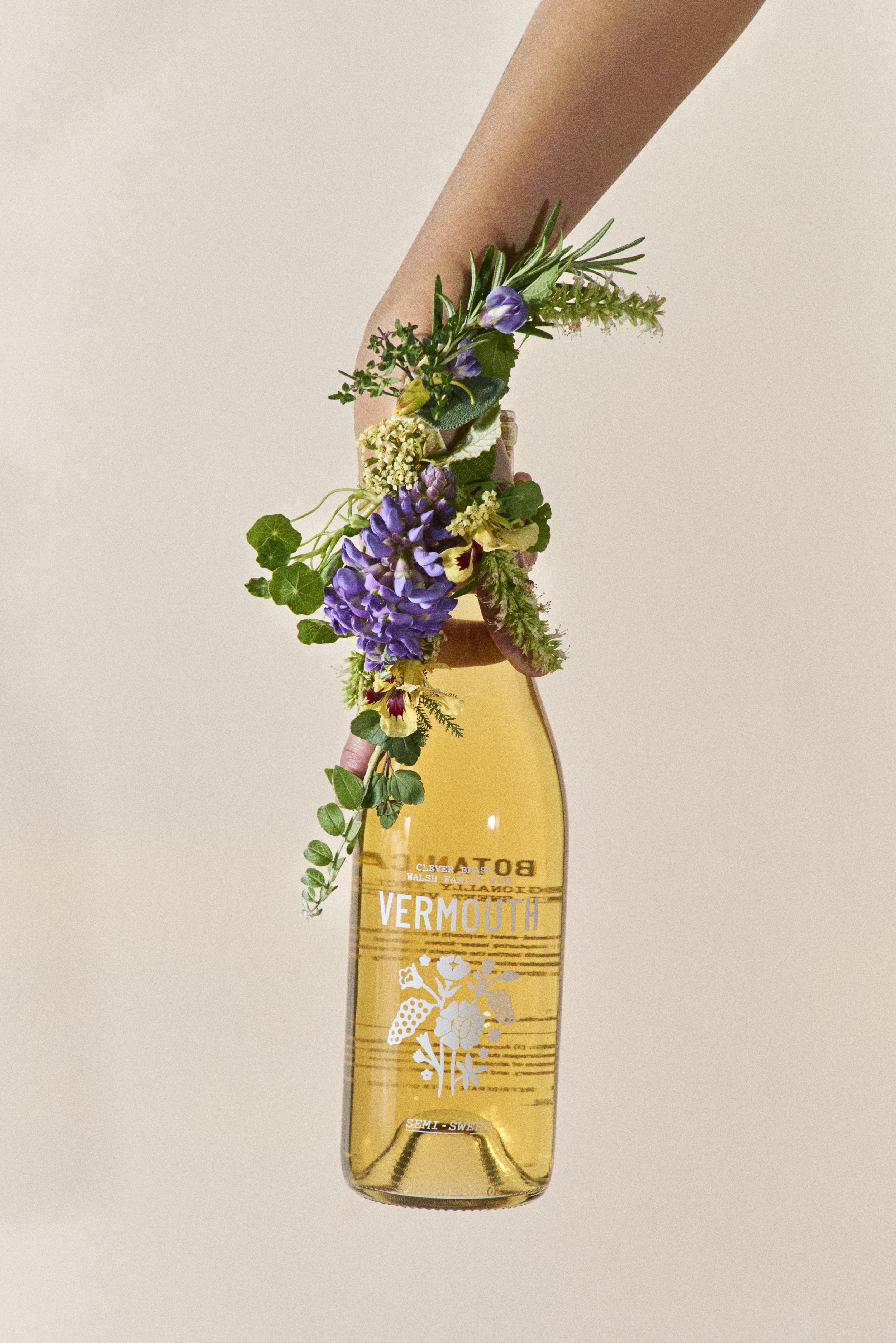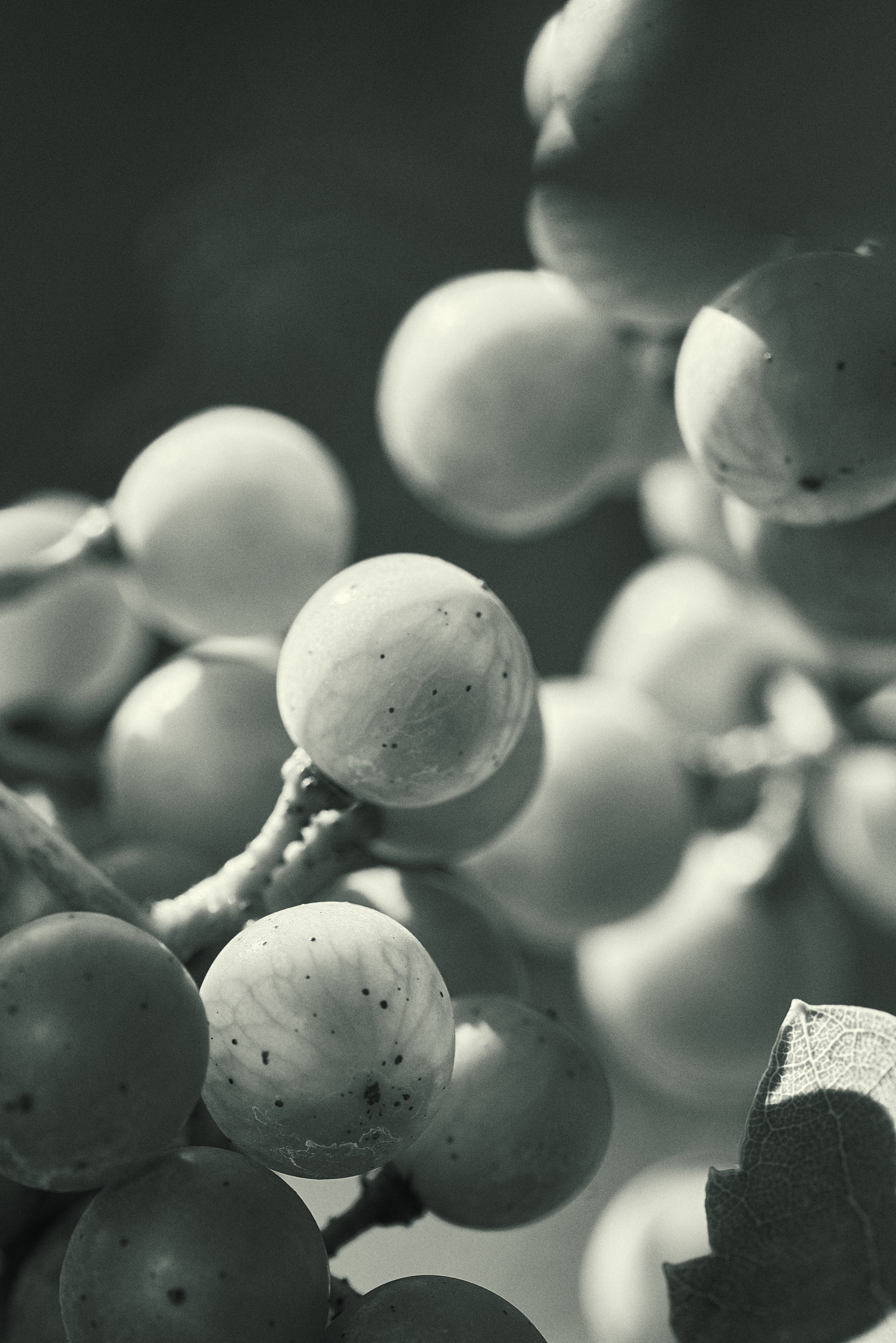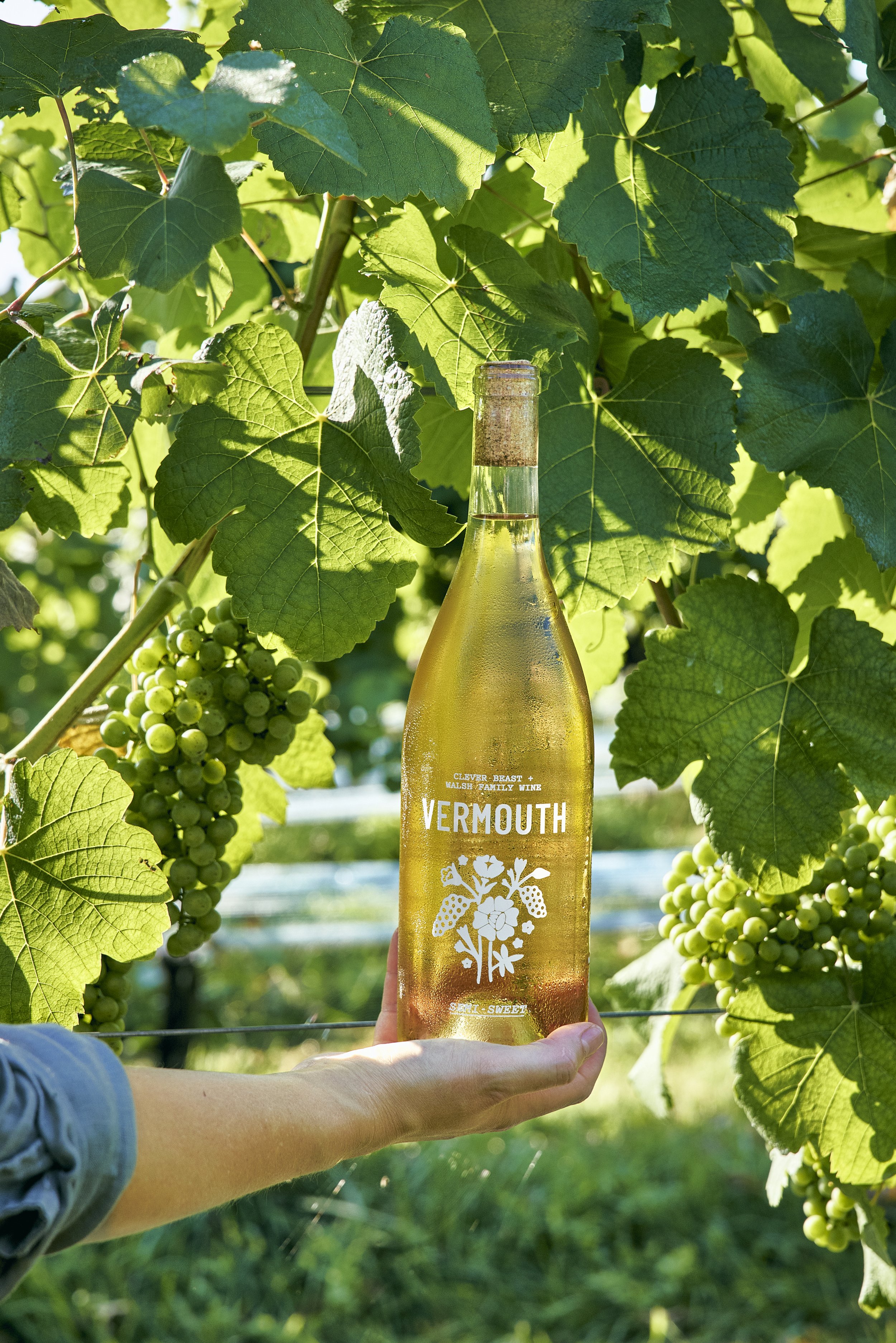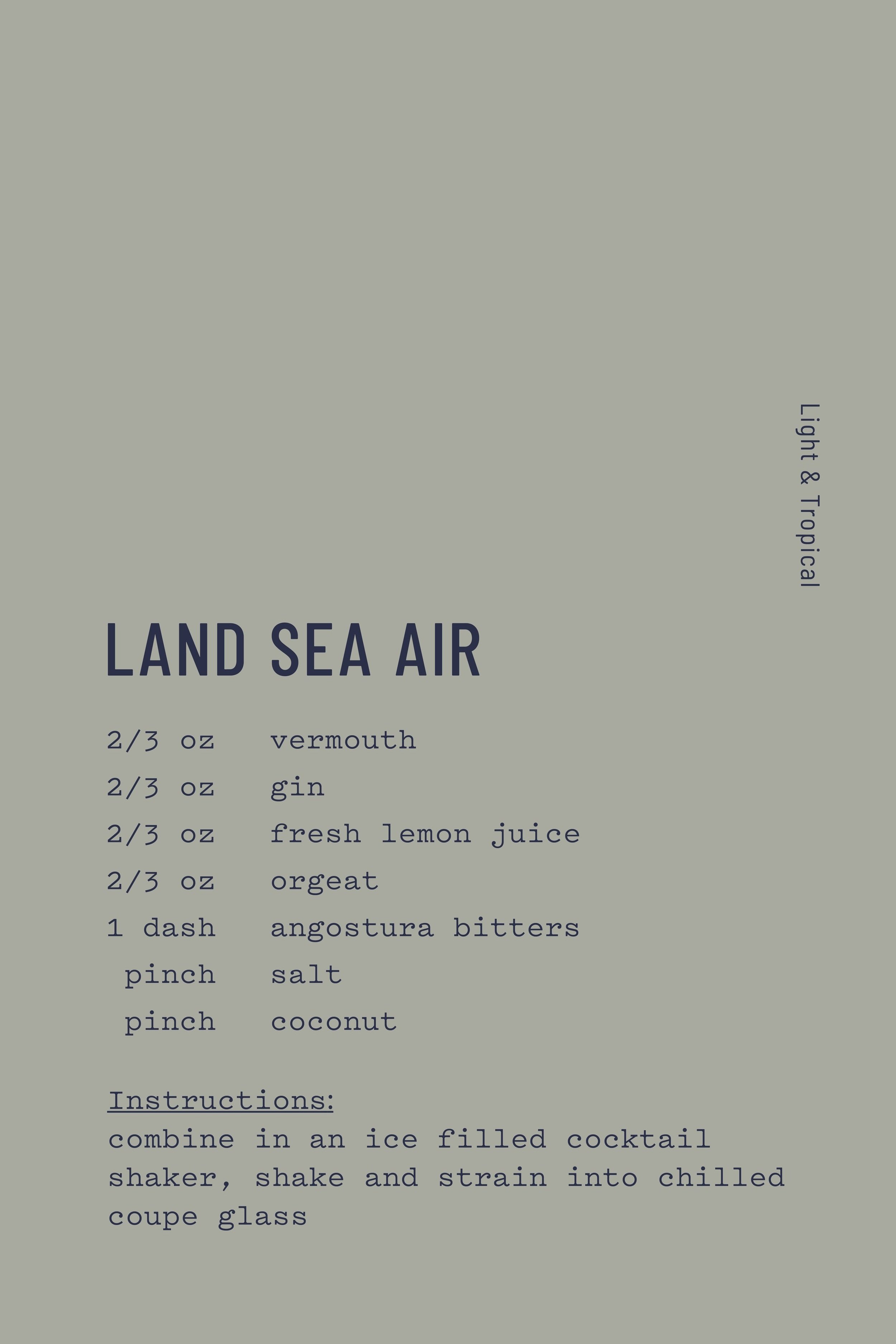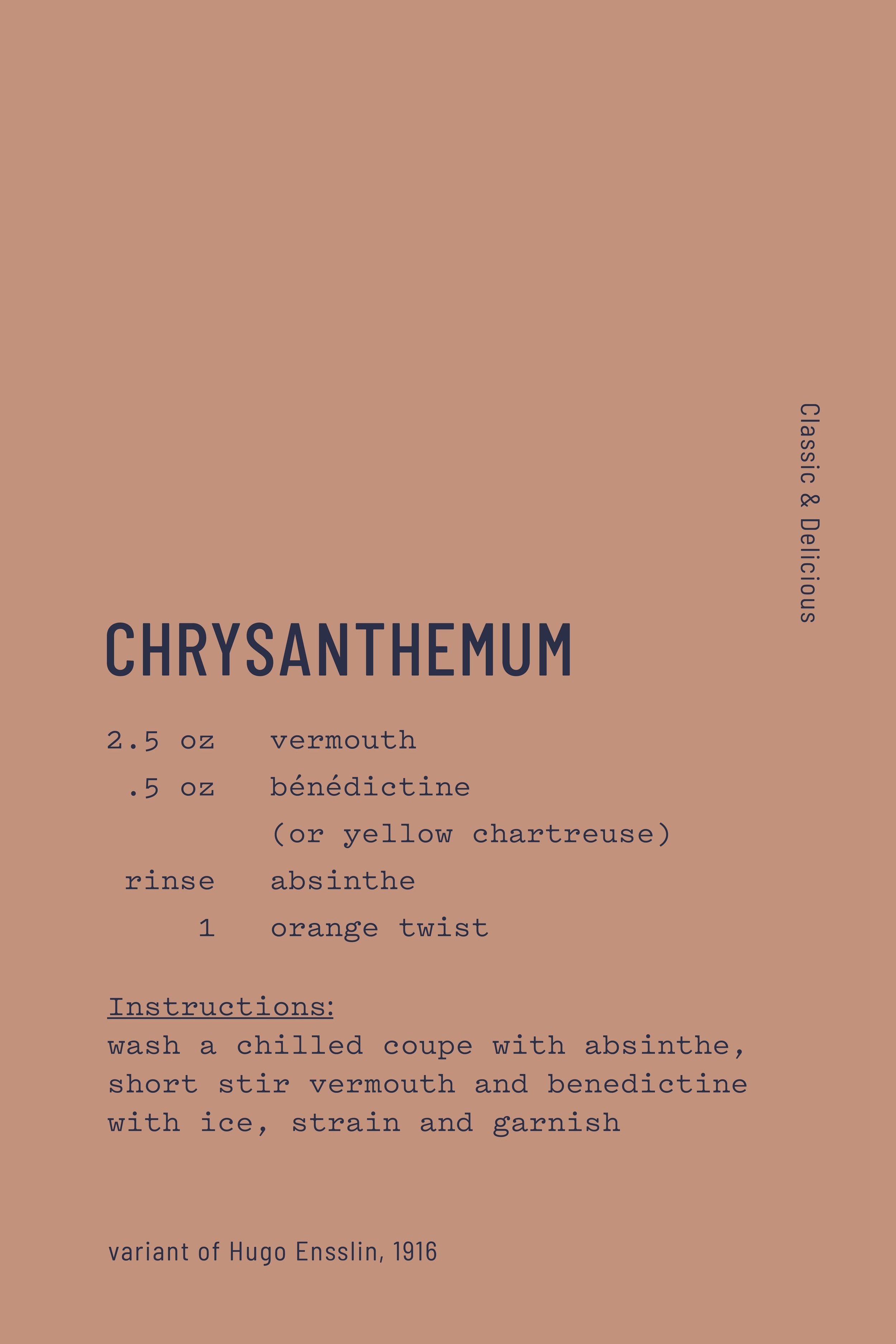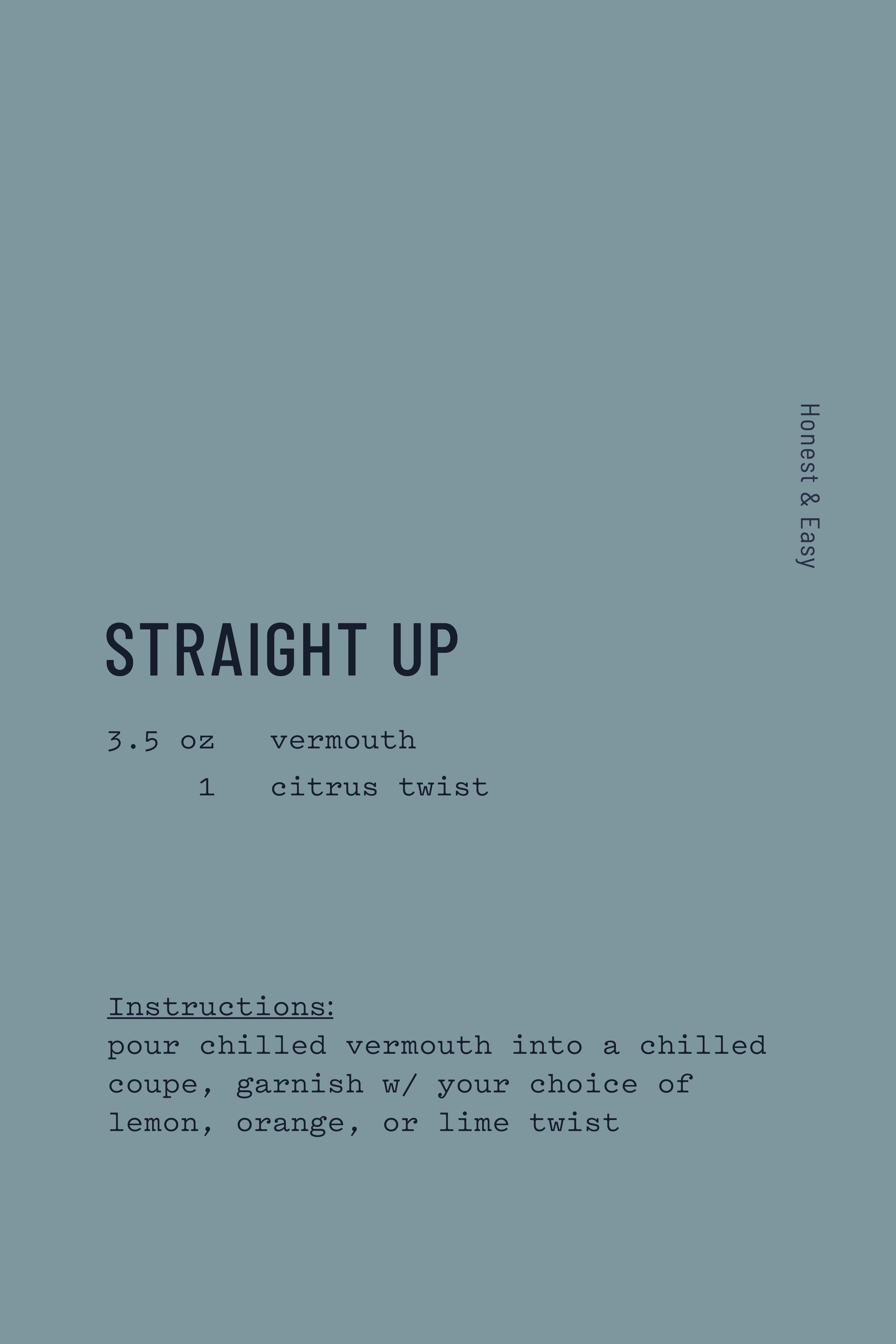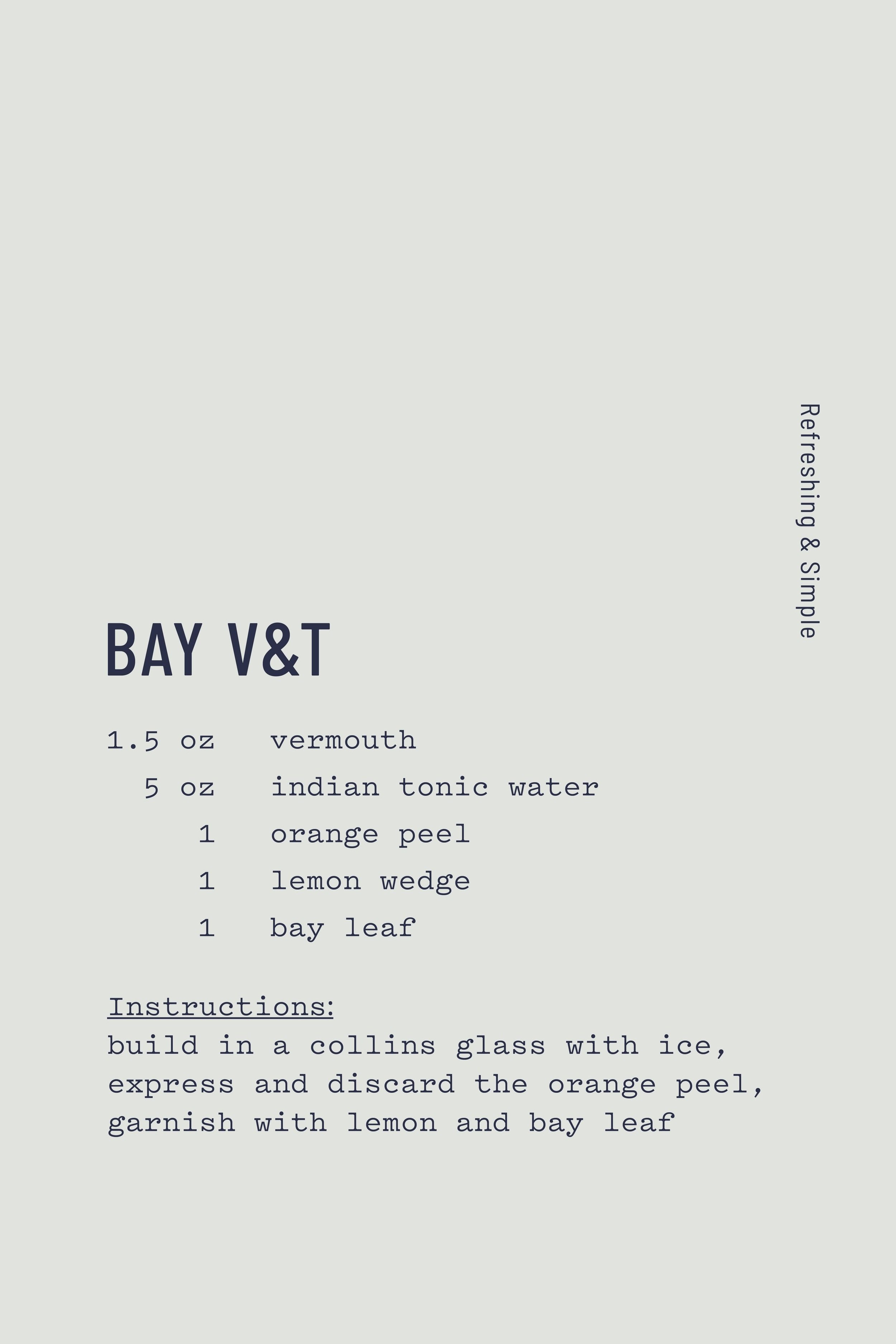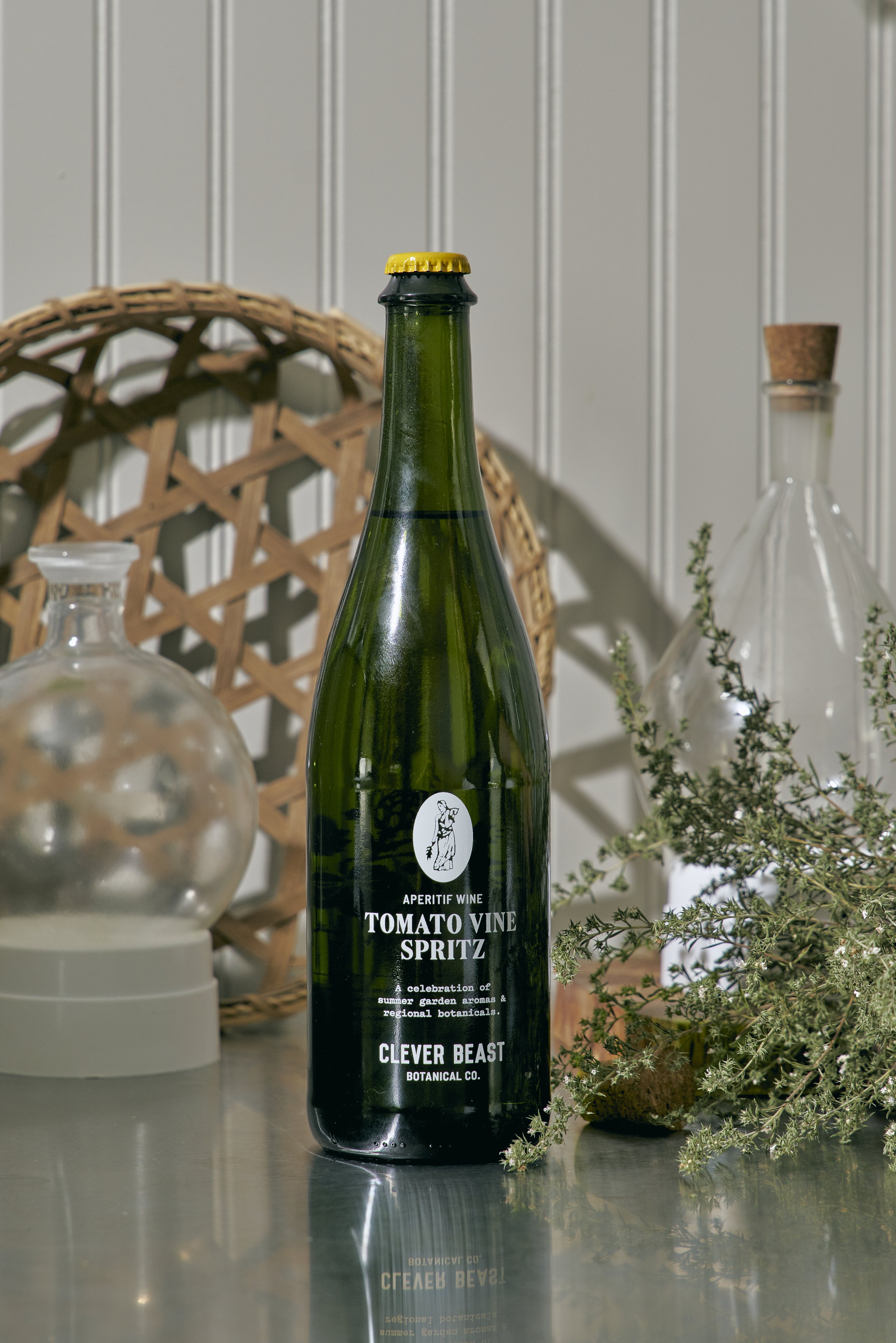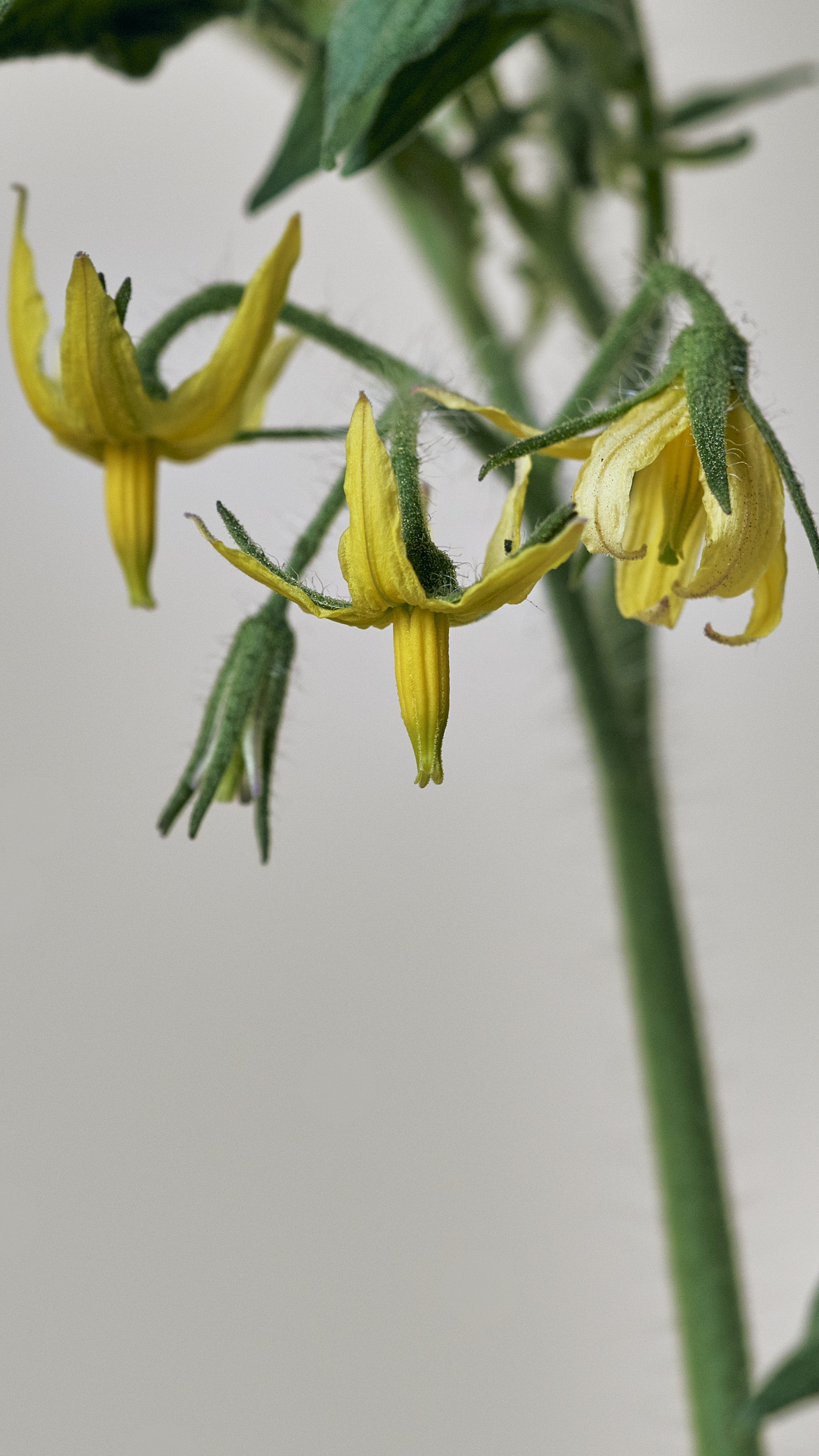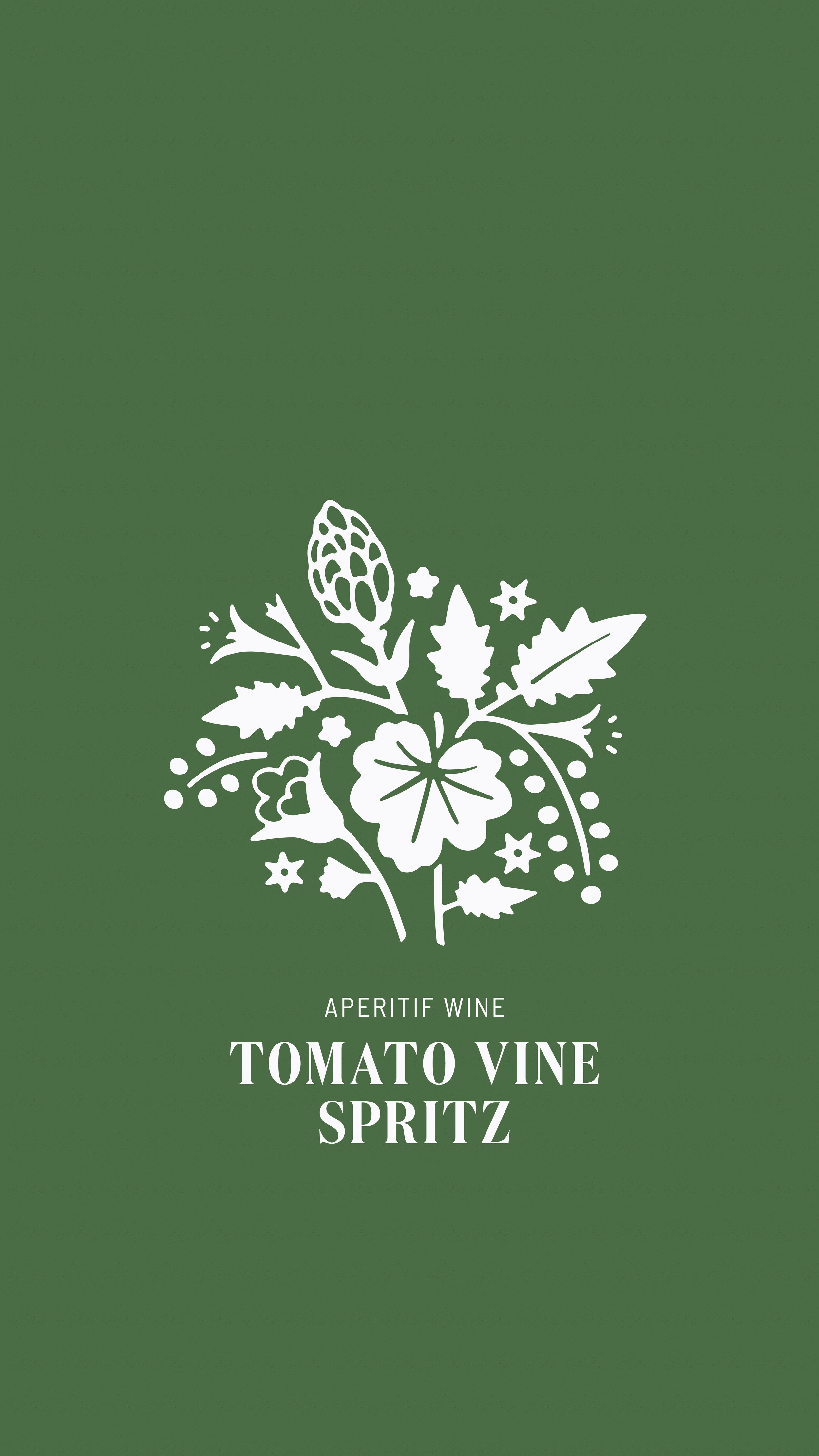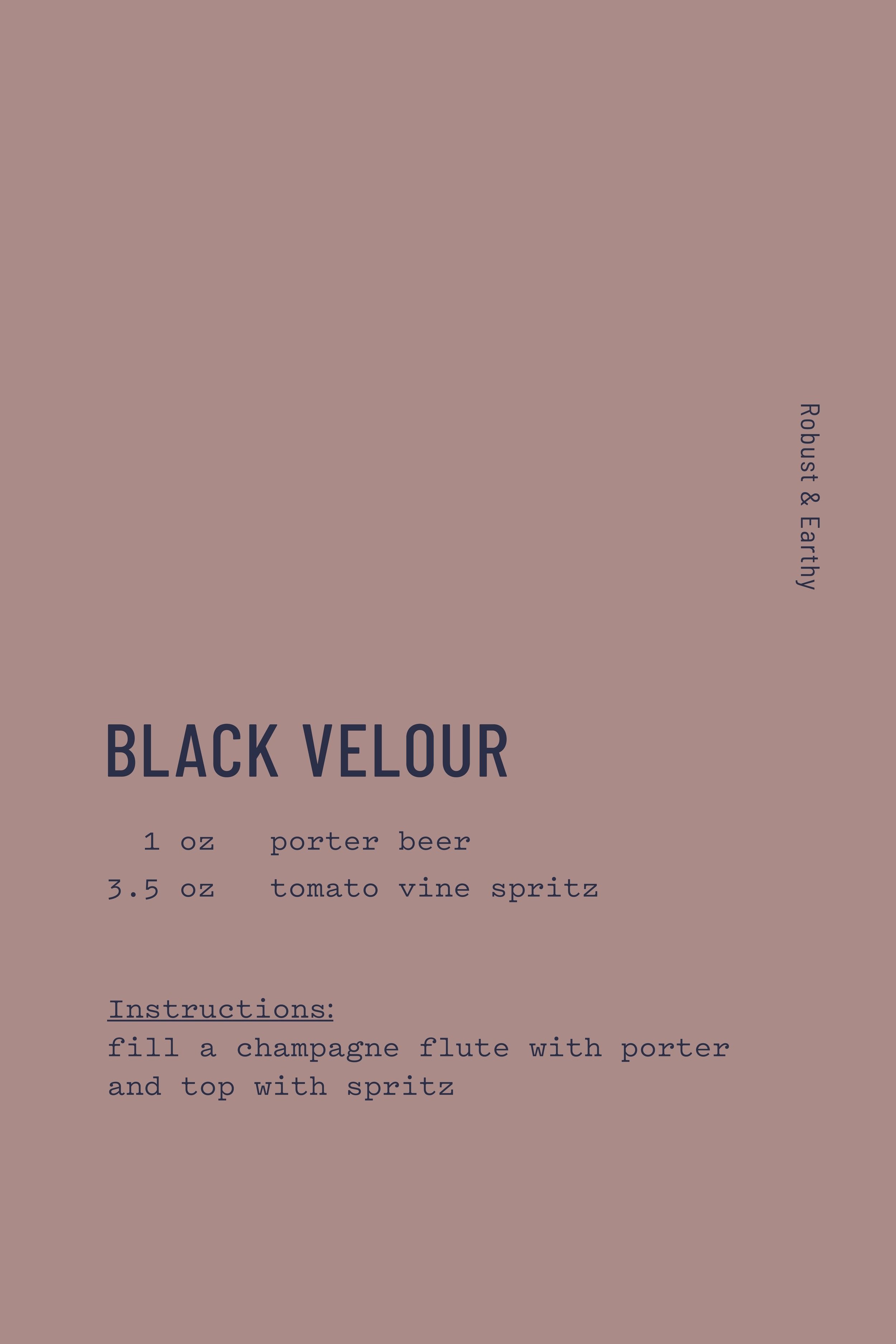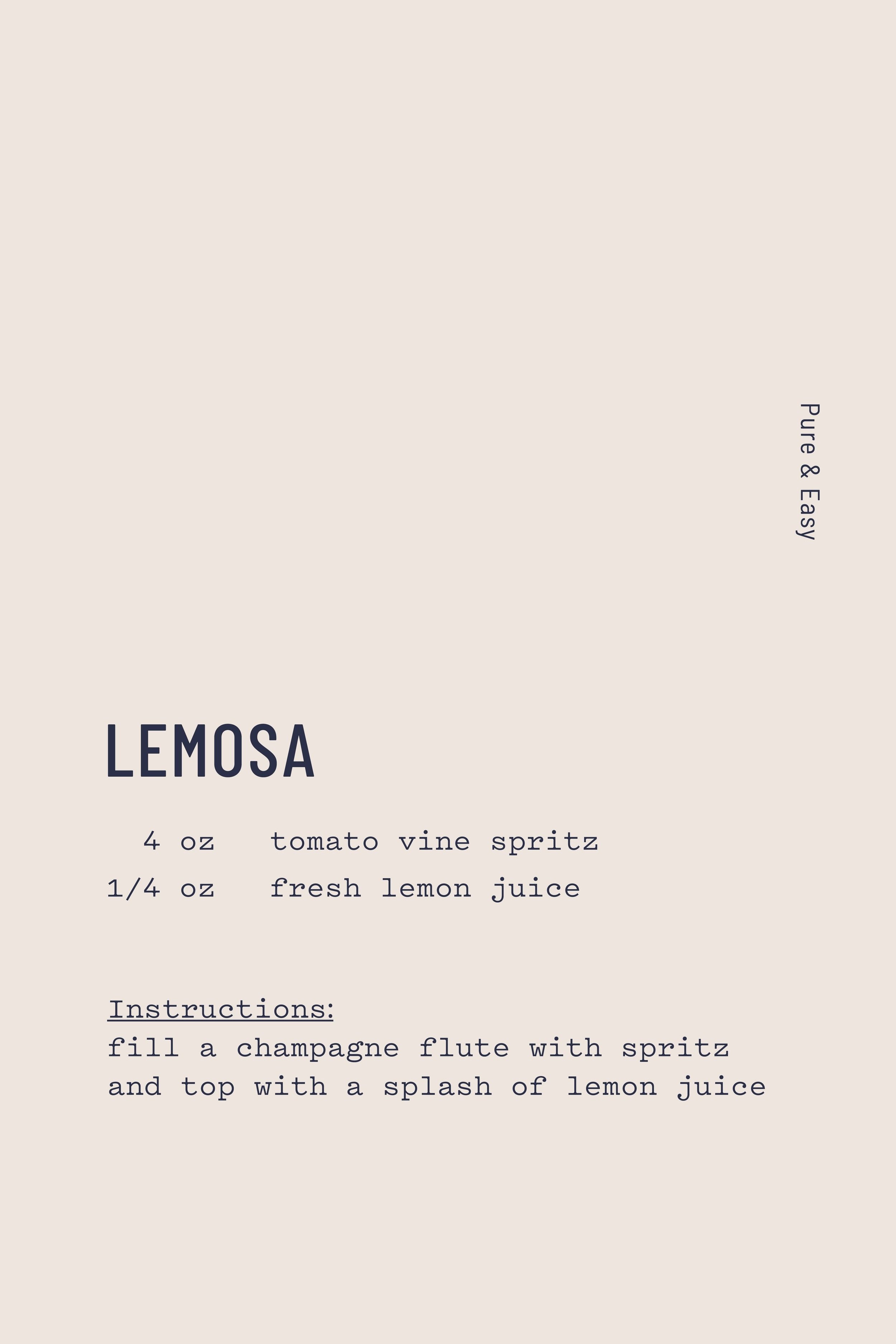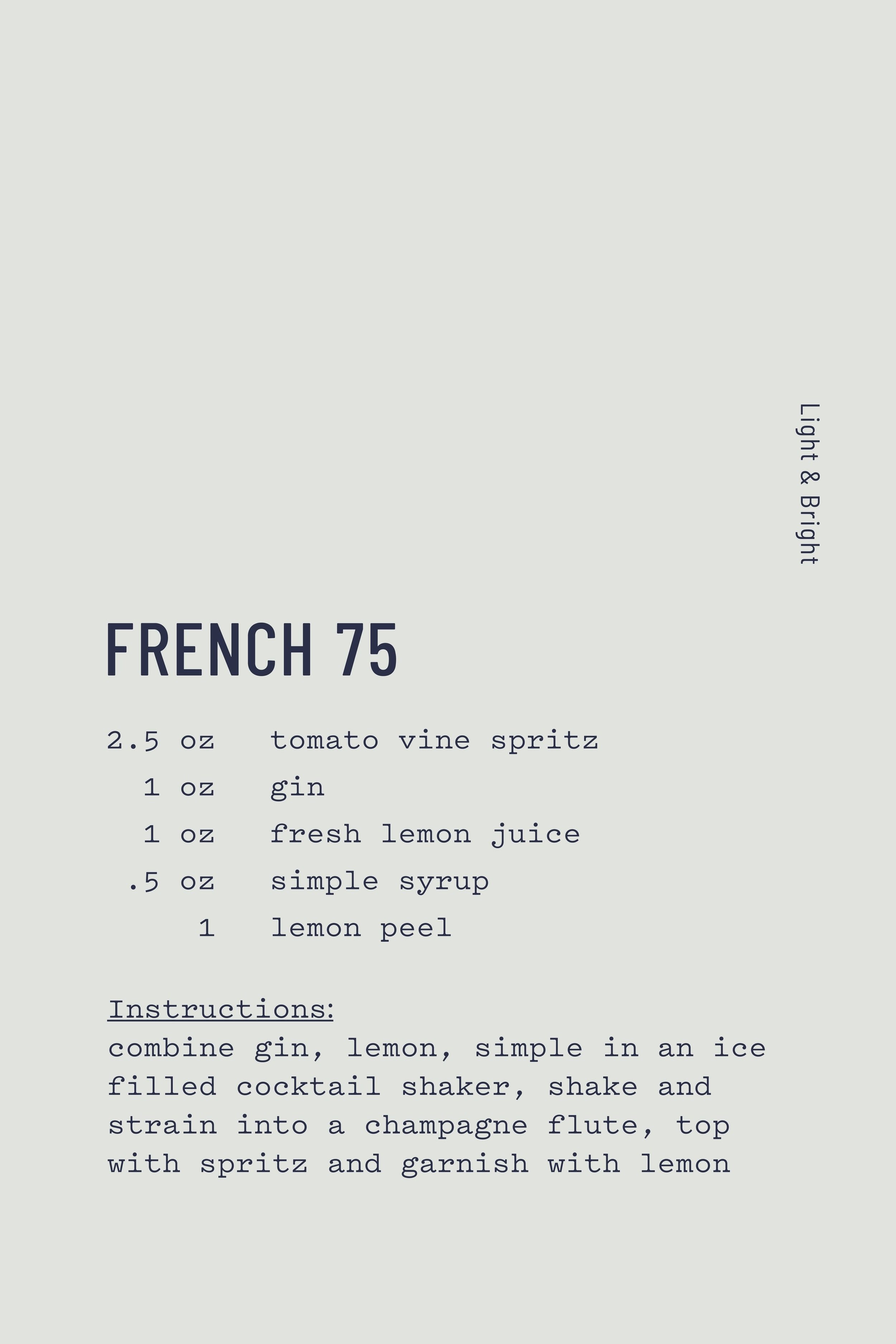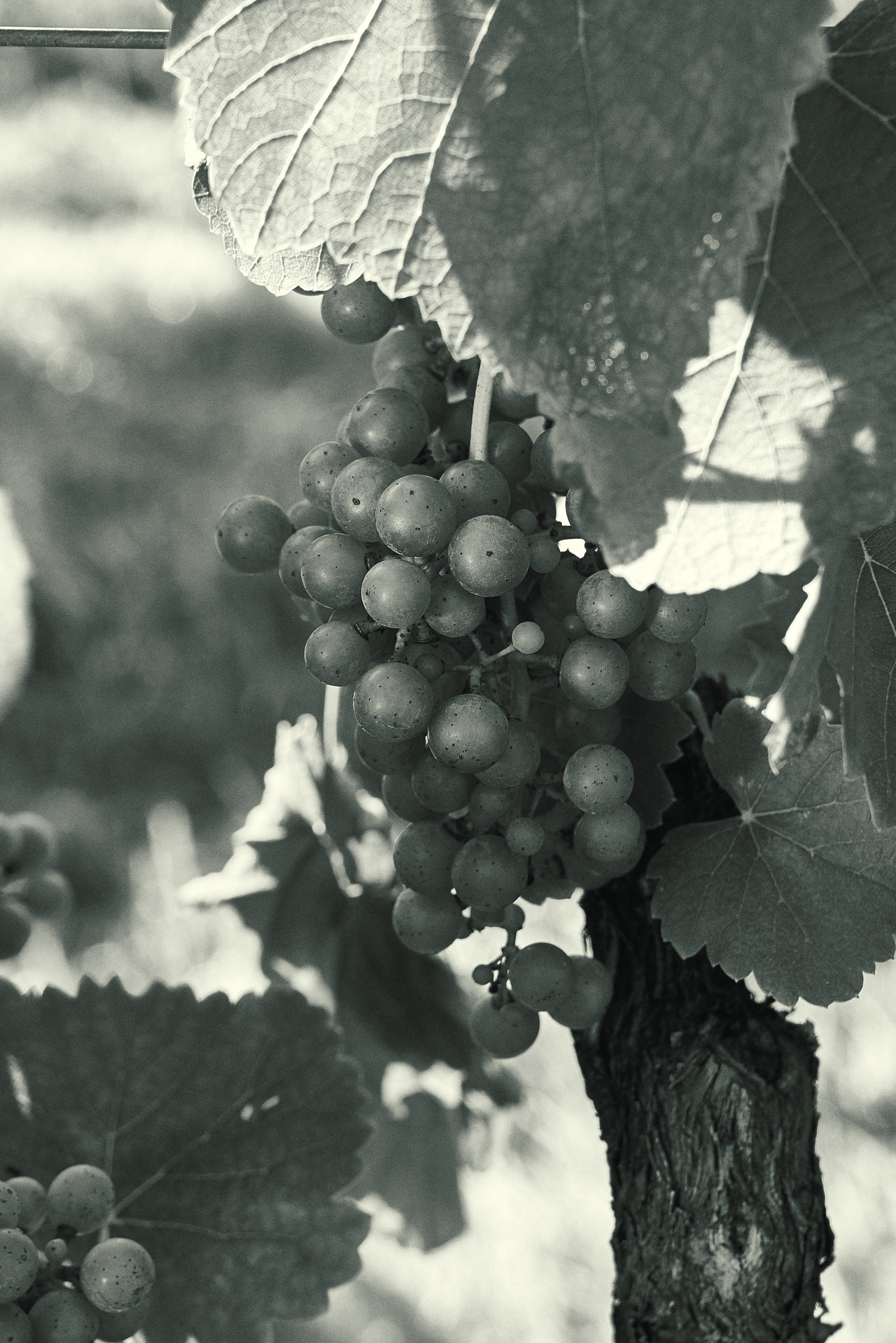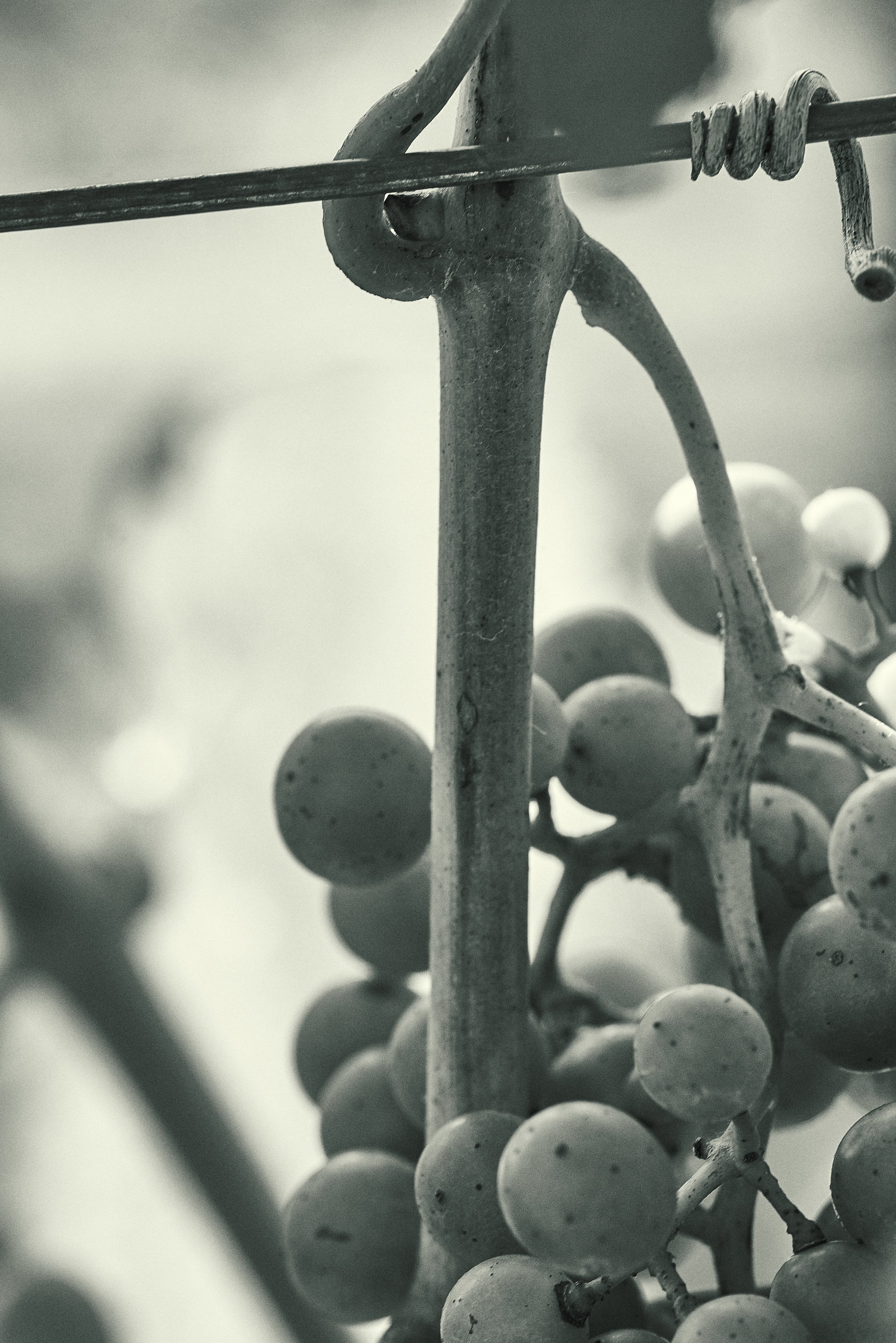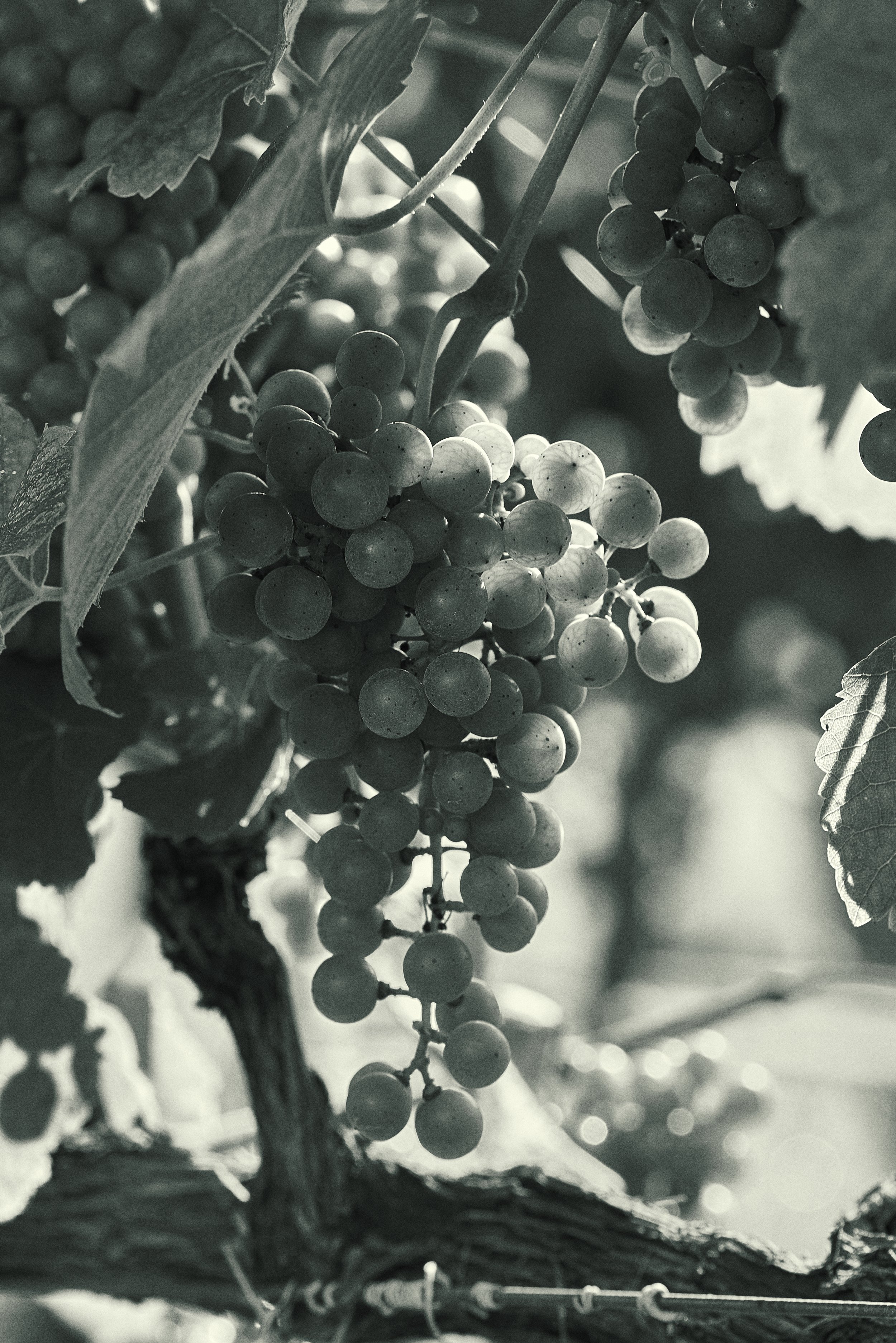Clever Beast Botanicals Mid Atlantic Vermouth and Tomato Vine Spritz

In 2021 we created Clever Beast Botanicals with the purpose of using Mid-Atlantic plants to create unique flavors and aromas. In 2022 we launched our first two products: a regional semi-sweet vermouth and a tomato vine spritz.
We thought it was time to share more of what we’ve been up to on this platform in case you’re not subscribed to the newsletter or on Instagram (respect- don’t spend your life online). In actuality, Clever Beast Botanicals is a natural extension of what Chris and I have done over the past decade: recipe development with seasonally focused elements. And photography, and branding. It’s not much of a path diversion at all.
Interestingly, we never created the company with the express purpose of moving into the aromatized wine space. It’s merely that alcohol is a fantastic vehicle for volatile aroma compounds. It doesn’t hurt that we had just written a cookbook that focused on terpene-heavy hemp.
So as a cliffhanger…we’ve got more products in additional spaces over the coming year.
The Mid-Atlantic Vermouth 01
In this collaboration with Walsh Family Wine, we spent several months developing a uniquely Virginia vermouth. While many vermouths utilize equator spices and citrus, we decided we wanted to create something that revolved around the wide variety of plants HERE.
This aromatic, semi-sweet drinking vermouth is inspired by the botanical diversity of a Virginia field’s edge. Capturing the tastes and aromas of 23 lesser-known Mid-Atlantic plants like Speedwell, Fringe Tree bark, Burdock, and American Wisteria using laboratory techniques, the botanicals are blended with Virginia-grown, Petit Manseng grapes from Walsh Family Wine. Think of it as terroir intensified.
We like to describe this vermouth as ‘sexy and meaty’ in comparison to many of the too-sweet-for-us, nasally, overly anise/vanilla note semi-sweet vermouths available. This vermouth has light woody, herbal notes blended with summer hay and tea flavors and an almost narcotic floral sub note from the American wisteria. It’s easy to drink, and will keep you coming back to smell and taste the many layers of botanical complexity without feeling overwhelmed. Note that with an ABV of a vermouth, not a wine, it would be unwise to go back to the bottle too many times before dinner. Serve chilled and with a twist of lemon if desired.
If you’re looking for recipes, even though we still love to drink it aperitif style (very cold in a glass), we’ve made several below.
Order the Vermouth here.
The Tomato Vine Spritz 02
For years we’ve made a tomato vine cocktail at home every summer. It had become a ‘thing’ of its own, mostly because we think there’s just no truer form of summer memory than that particular aroma. Once the Vermouth was wrapped up, we decided to see if we could develop a recipe that had the heart of Tomato Vine to enjoy this season. Because once summer wrapped, we’d have to wait an entire calendar year again to capture botanicals.
Think of this semi-sparkling aperitif wine as a celebration of the fleeting qualities of a summer garden. With a focus on tomato leaf, you’ll taste vegetal, green, herbaceous notes that are elevated in spritz form with Virginia’s answer to citrus: sumac and pine. Hop provides supporting terpenes to the tomato aromatic compounds and is grounded with an undercurrent of Burdock and Angelica root in a base of apple wine. Light floral aromas of geranium and sun-warmed honeysuckle add ephemeral qualities to this sparkling beverage.
How To Drink It:
Like our vermouth, we encourage you to consider this spritz a ‘cocktail in a bottle’. It’s a 15% ABV, sparkling botanical drink that’s best consumed during the day, outside, or as a start to a dinner party (also preferably outside). We’ve developed several cocktails if you want to also use it in other ways.
Tomato Leaf Safety:
The old wives tale rumors about toxicity in tomato leaves are due to their familial status within the nightshade category, but there’s slim to no evidence tomato leaves actually cause harm. I like to think this botanical generalization falls in a similar path to how hemp became grouped with cannabis or culturally why Americans adopt strict ‘black or white’ rules of moderation with things like alcohol during pregnancy… That aside, recent studies indicate compounds in tomato leaves can be beneficial. Nevertheless, the process we use to extract flavor from tomato leaves actually removes tomatine and other glycoalkaloids that articles cite as questionable. If you ever have questions, send us an email and we’ll send you the studies.
Where To Buy It:
A true vestige of summer, when these bottles are gone, they're gone until harvest of summer next year. So if you fall in love, we recommend stocking up.
Order the Tomato Vine Spritz here!
Dietitian Nutritionist and cookbook author sharing flavor-forward recipes and simplified science-driven wellness.

